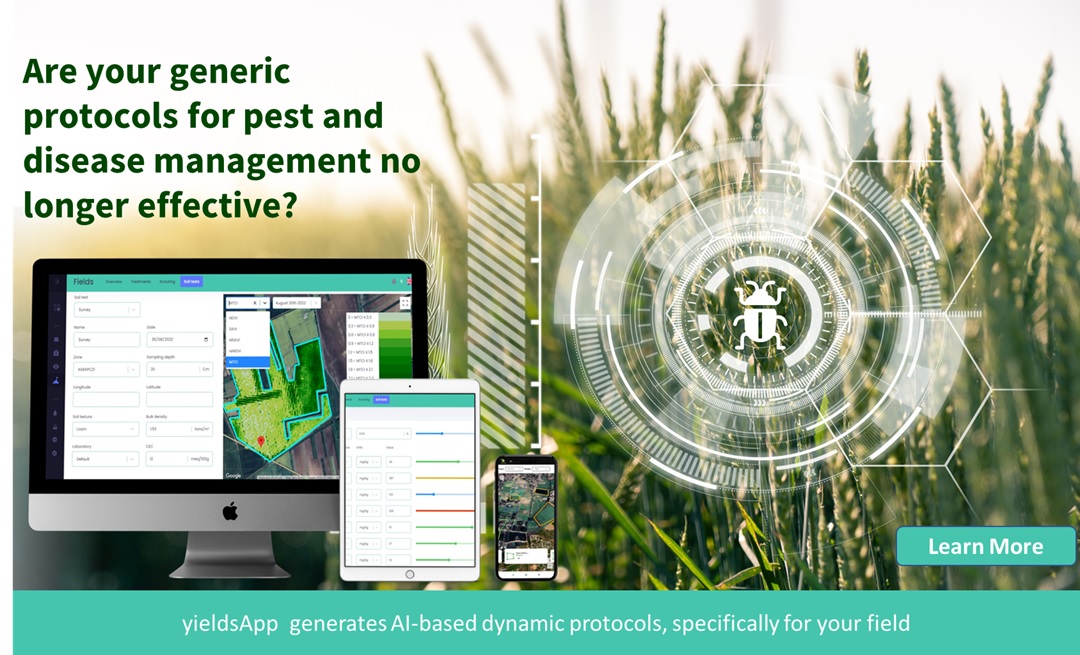Integrated Pest Management
Integrated pest management, or IPM, is a sustainable and environmentally-friendly approach to controlling pests in agriculture. Rather than relying on chemical pesticides, IPM utilizes a combination of techniques to prevent and mitigate pest infestations. This includes biological control, habitat modification, and cultural practices.
One of the key principles of IPM is to identify and understand the pest’s biology and behavior. This allows pest control professionals to implement targeted and effective control measures, rather than using a one-size-fits-all approach. For example, rather than applying a broad-spectrum pesticide that may harm beneficial insects, a pest control professional may use a specific type of bait or trap to target the pest species.
Another important aspect of IPM is monitoring and assessment. Pest control professionals will regularly inspect and assess the site to determine the presence and severity of pest infestations. They will also consider factors such as the environmental and economic impacts of control measures, as well as the effectiveness of those measures.
Integrated Pest Management Strategies
There are several strategies that can be used in an IPM program. These include:
Cultural practices
This involves modifying the environment to make it less attractive to pests by eliminating sources of food and water. Cultural practices that can be used in an IPM program include crop rotation, selecting pest-resistant varieties, proper irrigation and fertilization, and maintaining proper soil pH. In addition, using companion planting can also be a useful cultural practice in an IPM program. In this practice, certain crops are planted together to deter pests or improve growth.
Physical control
A method of pest management that involves using physical barriers or mechanical methods to eliminate or reduce pest populations. This approach is an important component of an IPM Some examples of physical control methods include using row covers to protect crops from pests, trapping, and using physical barriers such as screens or mesh to exclude pests from entering a specific area.
Biological control
This is a key component of an Integrated Pest Management (IPM) program. It involves the use of natural predators, parasites, and pathogens to control pest populations. This approach is considered as a sustainable and environmentally friendly method of pest control.
Biological control agents can be divided into two categories: classical biological control and augmentative biological control. Classical biological control involves the introduction of a natural enemy from the pest’s native range to establish a population in the new area. Augmentative biological control involves mass-rearing and releasing of a natural enemy to augment the existing population.
For example, ladybugs can be used to control aphid populations, and parasitic wasps can be used to control caterpillars. This approach can be effective in reducing pest populations and can also help to maintain a balance in the ecosystem. Additionally, biological control can be integrated with other techniques in an IPM program, such as cultural and chemical controls, to achieve optimal pest management.
Chemical control
When chemical control is deemed necessary, it should be used in the most targeted and effective manner possible. This means using the least toxic pesticide that will still be effective, applying it at the right time, and at the right place. For example, you can use a contact insecticide when the target pest is present on the plant or soil surface, or a systemic insecticide when the pest is feeding on the plant’s sap. It’s important to follow the label instructions, to ensure that the chemical is applied safely and correctly. Also, it’s essential to consider the potential impact of the chemical control on the environment and non-target organisms.
Benefits of IPM
IPM has several benefits to over traditional pest control methods. First and foremost, it is more sustainable and environmentally-friendly. Chemical pesticides can have negative impacts on non-target species and the environment, whereas IPM minimizes these impacts. Additionally, IPM can be more cost-effective in the long run. This is because it focuses on preventing pest infestations rather than simply treating them after they occur.
Another benefit of IPM is that it is flexible and adaptable. The specific control measures used will depend on the unique circumstances of each site. This includes the type of pest, the location, and the resources available. This means that an IPM program can be customized to meet the needs of each individual situation.
In addition to the benefits mentioned above, implementing an IPM program can also have other benefits, such as improved public relations and customer satisfaction, as well as reduced liability and regulatory compliance issues.
Overall, integrated pest management is a responsible and effective way to manage pest populations and protect human health and the environment.
Summary
In conclusion, integrated pest management is a sustainable and effective approach to pest control that utilizes a combination of techniques to prevent and mitigate pest infestations. By understanding the biology and behavior of pests, implementing targeted control measures, and regularly monitoring and assessing the site, pest control professionals can effectively manage pest populations without relying on harmful chemical pesticides.
Revolutionize Your Pest Management with the Power of AI
One of the tools that can help you implement an Integrated Pest Management (IPM) program is yieldsApp. This cutting-edge AI-based platform allows farmers easily identify potential pest and disease problems and make informed decisions. This makes it an ideal tool for farmers looking to implement IPM. The platform is designed to simplify crop management and make it more efficient by providing a range of features such as:
Alerts for potential pest infestations and other crop-related issues.
AI-based decision making: The platform uses advanced AI algorithms to analyze field data and provide farmers with actionable insights on how to manage pests and diseases.
It also generates crop protection protocols, recommending the right treatment at every given moment.
By using yieldsApp, farmers can improve the efficiency and effectiveness of their IPM program and make smarter crop management decisions, ultimately resulting in optimal crop yields.




